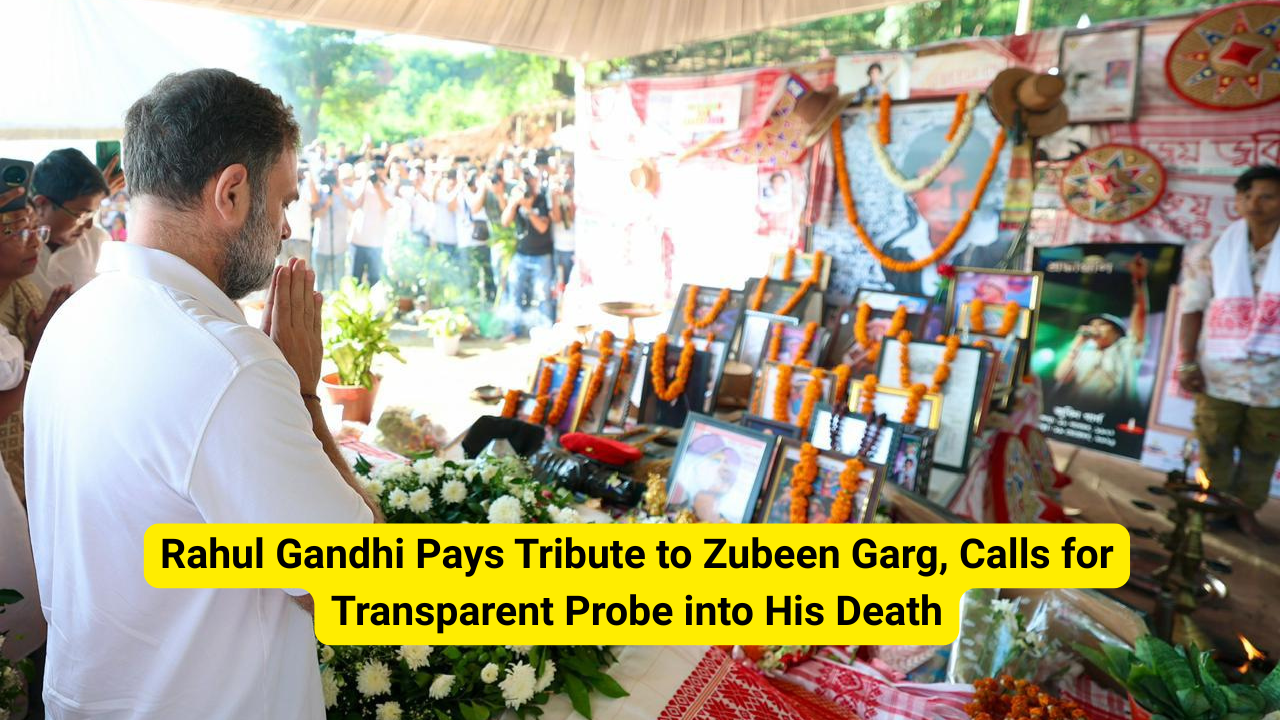In a big boost to India’s defense manufacturing and strategic prowess, Defense Minister Rajnath Singh and Uttar Pradesh Chief Minister Yogi Adityanath launched the first batch of BrahMos missiles manufactured at the new facility of BrahMos Aerospace at Sarojini Nagar, Lucknow. The development is a big step forward for India’s “Atmanirbhar Bharat” policy, representing the nation’s increasing self-reliance in cutting-edge missile technology.
The Lucknow production facility, covering an area of 200 acres and constructed at a cost of around ₹380 crore, will be responsible for integration, testing, and end-quality inspections of the supersonic cruise missiles. As per reports, the factory is expected to manufacture close to 100 missiles per year in its first phase, with the potential to expand later. The unit is anticipated to bring a turnover of ₹3,000 crore from the following financial year, along with estimated revenue of ₹500 crore in goods and services tax, generating hundreds of high-skilled jobs and cementing Uttar Pradesh’s place in the defense manufacturing sector.
Rajnath Singh issued a stern message on national security during the function, stating that “every inch of Pakistani land is now within the cover of the BrahMos missile system.” Using the recent military exercise Operation Sindoor as a reference, Singh said it was “just a trailer” to India’s changing military preparedness and deterrence capabilities. He praised the BrahMos system as the “backbone” of India’s army, navy, and air force, pinpointing the missile’s accuracy and speed as sources of great strength in India’s defense.
Officials further confirmed that BrahMos Aerospace has already started signing international contracts, with export agreements valued at ₹4,000 crore signed with two nations. The action places India as a rising force in the global defense market, evidencing both technological capability and diplomatic influence.
The launch of the Lucknow facility not only enhances India’s strategic capabilities but also gives a push to the “Make in India” program, which decreases reliance on imported components and foreign suppliers. The Defence Minister mentioned that previous disruptions to missile part imports are being countered through local production initiatives.
With the new factory running and export prospects widening, India’s missile program has reached a new era—one that integrates industrial development with geopolitical activism. The BrahMos, once the badge of Indo-Russian collaboration, is now at the forefront of India’s defense indigenousness and strategic deterrence.









